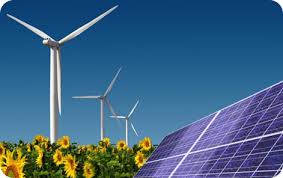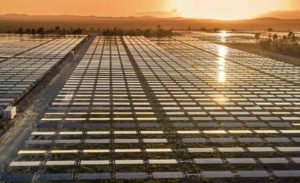A new study published by an Australian researcher has determined that small- and medium-sized wind turbines can not only be placed in inefficient locations, but can be installed in locations where they will have no benefit whatsoever.
The study was authored by Amir Bashirzadeh Tabrizia, from Murdoch University in Perth, Western Australia, who used Computational Fluid Dynamics (CDF) to model wind flows in order to perform a resource assessment for the installation of small wind turbines.
As Tabrizia and his co-authors noted in their abstract, “the installation of small and medium-size wind turbines on the rooftops of high buildings has been often suggested by architects and project developers as a potential solution for achieving sustainable energy in building design.”
They add, however, that “because of the presence of buildings and other adjacent obstructions, wind is normally turbulent, unstable and weak, in terms of direction and speed.”
Quoted by Chris Thomas for the ScienceNetwork WA, Tabrizia notes that “the performance of small wind turbines in the built-environment is really sensitive to the place you put them. If you put them in wrong place, you will not get any power. Unfortunately, there are several bad examples around Perth where they have put the machines in shadow and they don’t work, not even in windy conditions.”
Not only is there the likelihood that the turbines will have no practical benefit, but there is also the possibility of breaking and damage. Tabrizia noted instances where some of the turbines in “the built-environment … failed and broke.
“There was even some damage to cars in parking lots, due to broken blades from the small turbines.”
The aim of the study was to better simulate where wind turbines could be placed to maximise their efficiency, based on Computational Fluid Dynamics.
“Through wind simulation in the target area, CFD helps to find the right place for the turbine with higher wind speed to avoid re-circulation and shadow zones, also putting the machine where it will generate more power,” Tabrizi said.
Source: CleanTechnica. Reproduced with permission.








